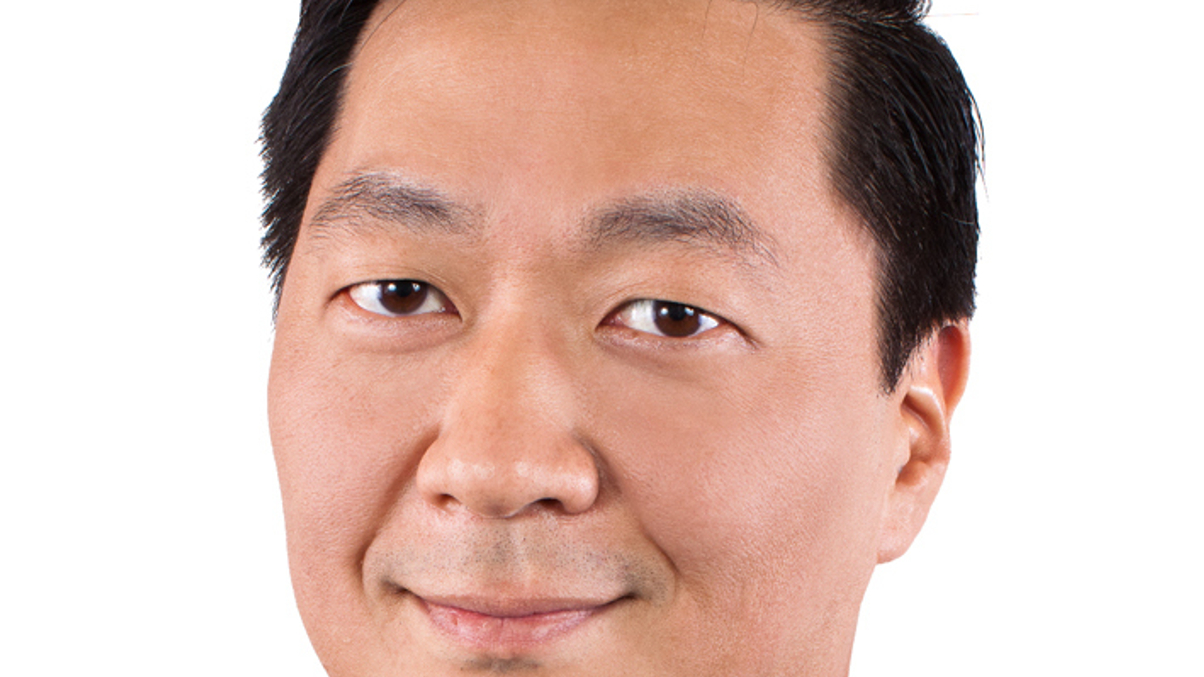KKR raises watershed $6 billion for second Asia fund
Buyout firm KKR closes the region’s largest PE fund at a time when competitors are falling short of targets in a highly competitive fundraising environment.

KKR has formally closed its Asian II Fund at $6 billion, the biggest pan-Asia PE fund to date, with one-quarter of the assets raised from within the region.
Sign in to read on!
Registered users get 2 free articles in 30 days.
Subscribers have full unlimited access to AsianInvestor
Not signed up? New users get 2 free articles per month, plus a 7-day unlimited free trial.
¬ Haymarket Media Limited. All rights reserved.


